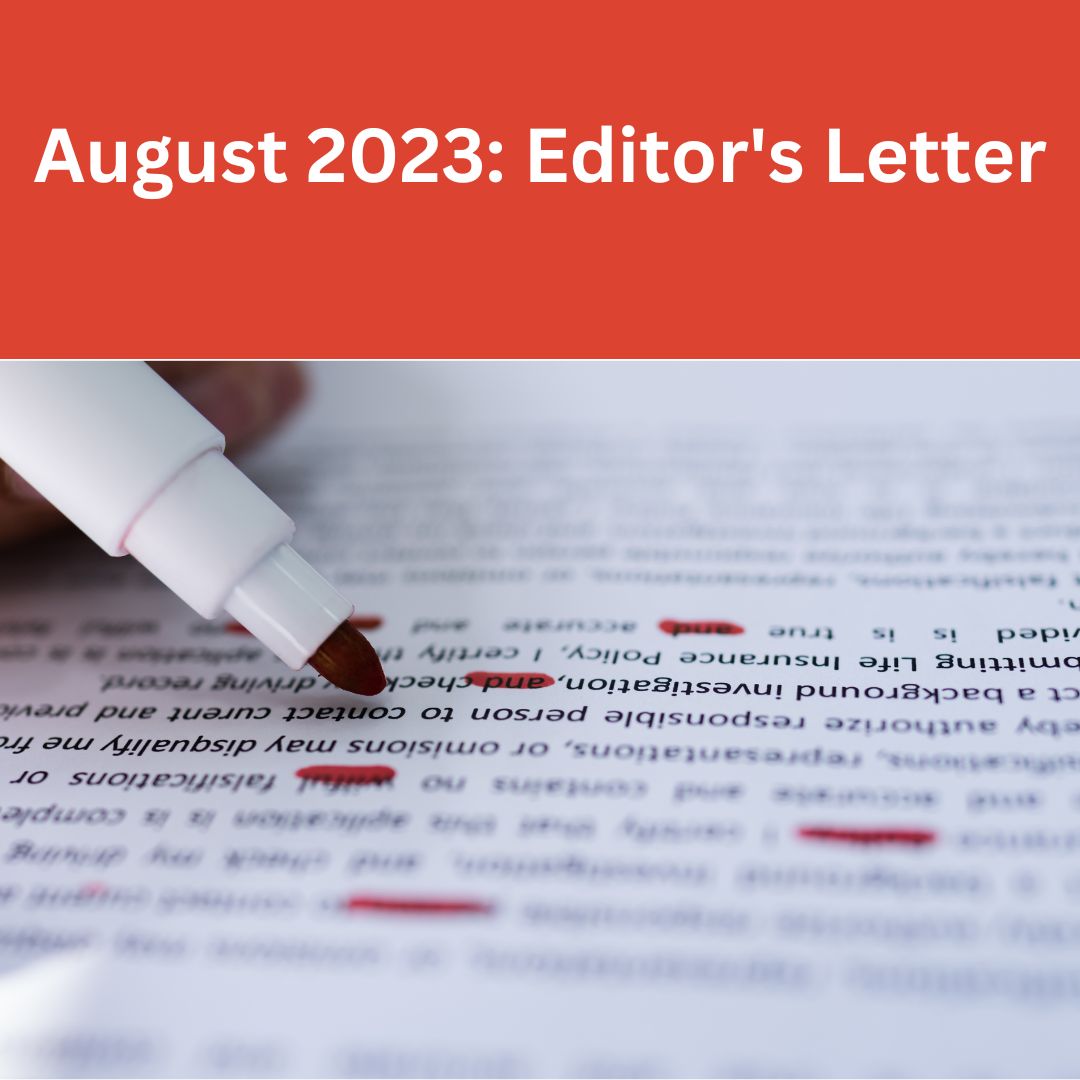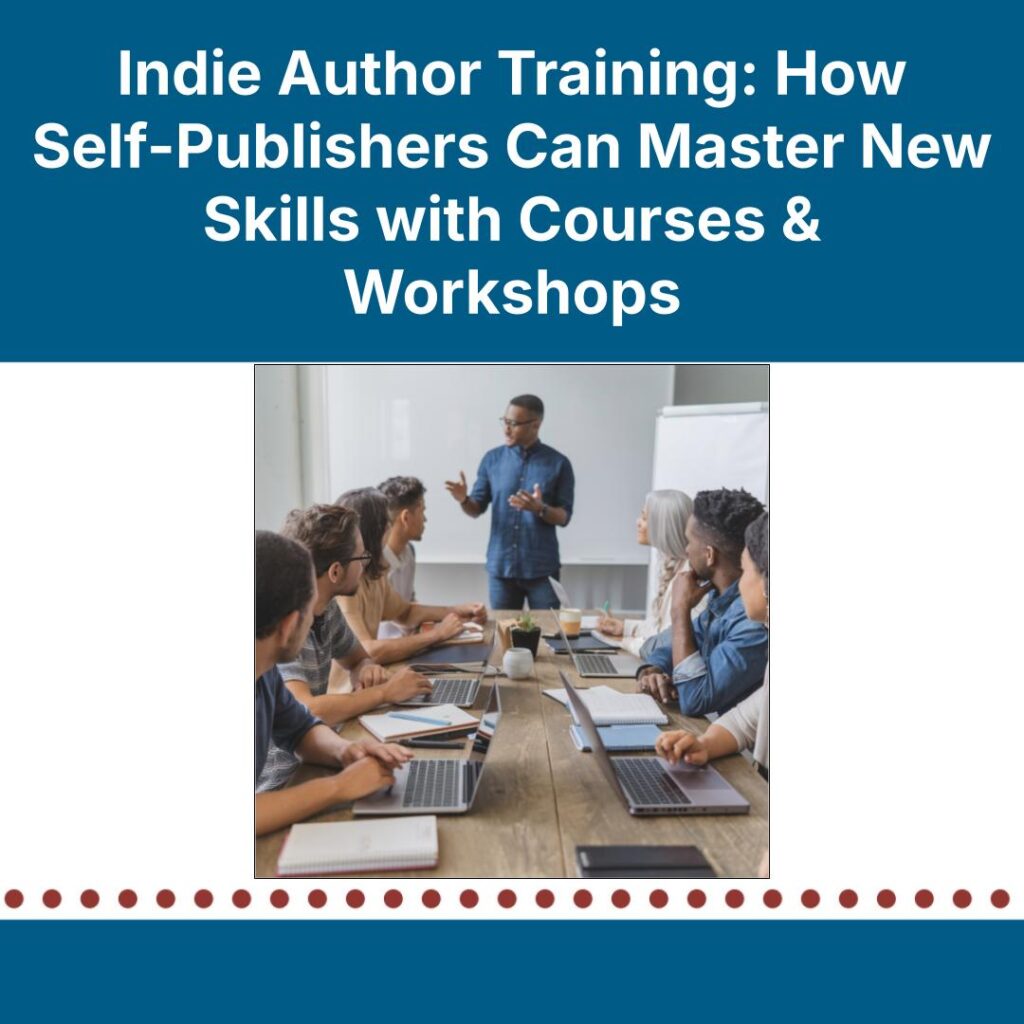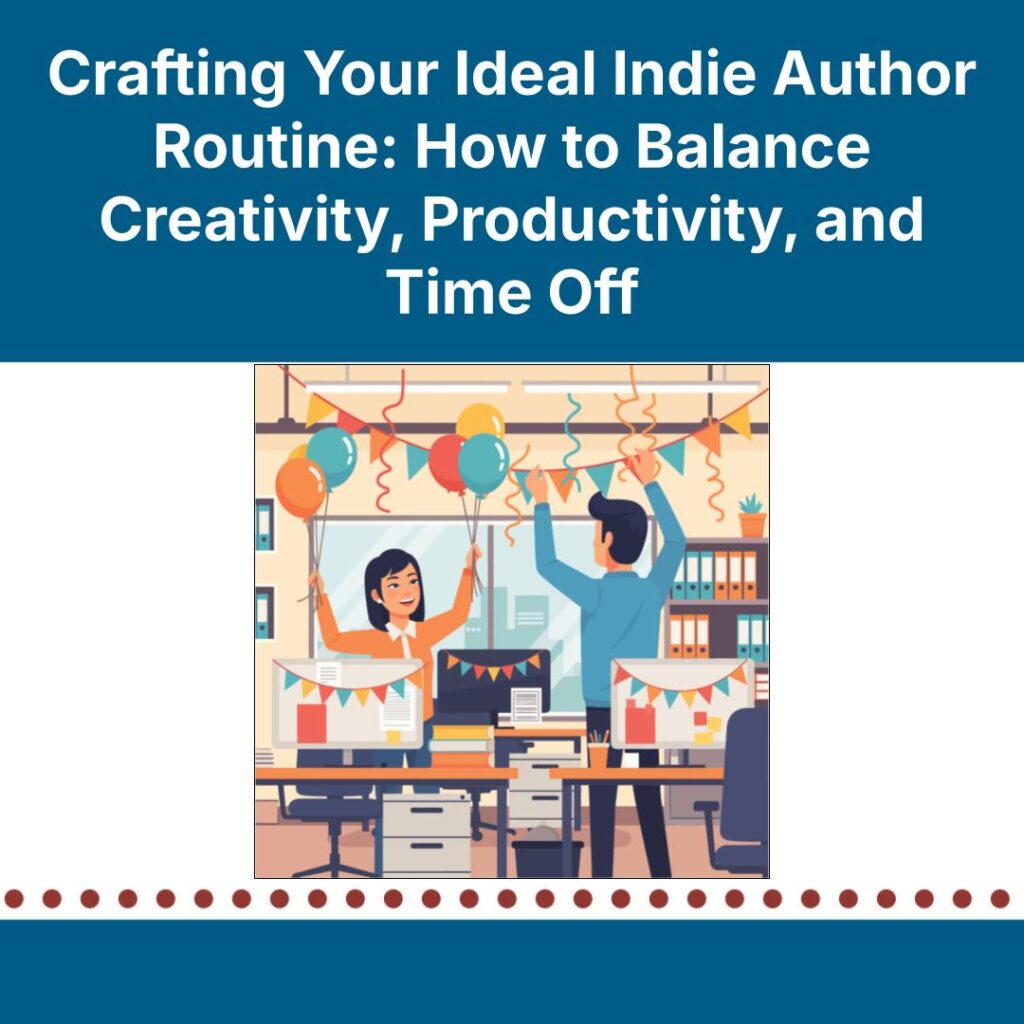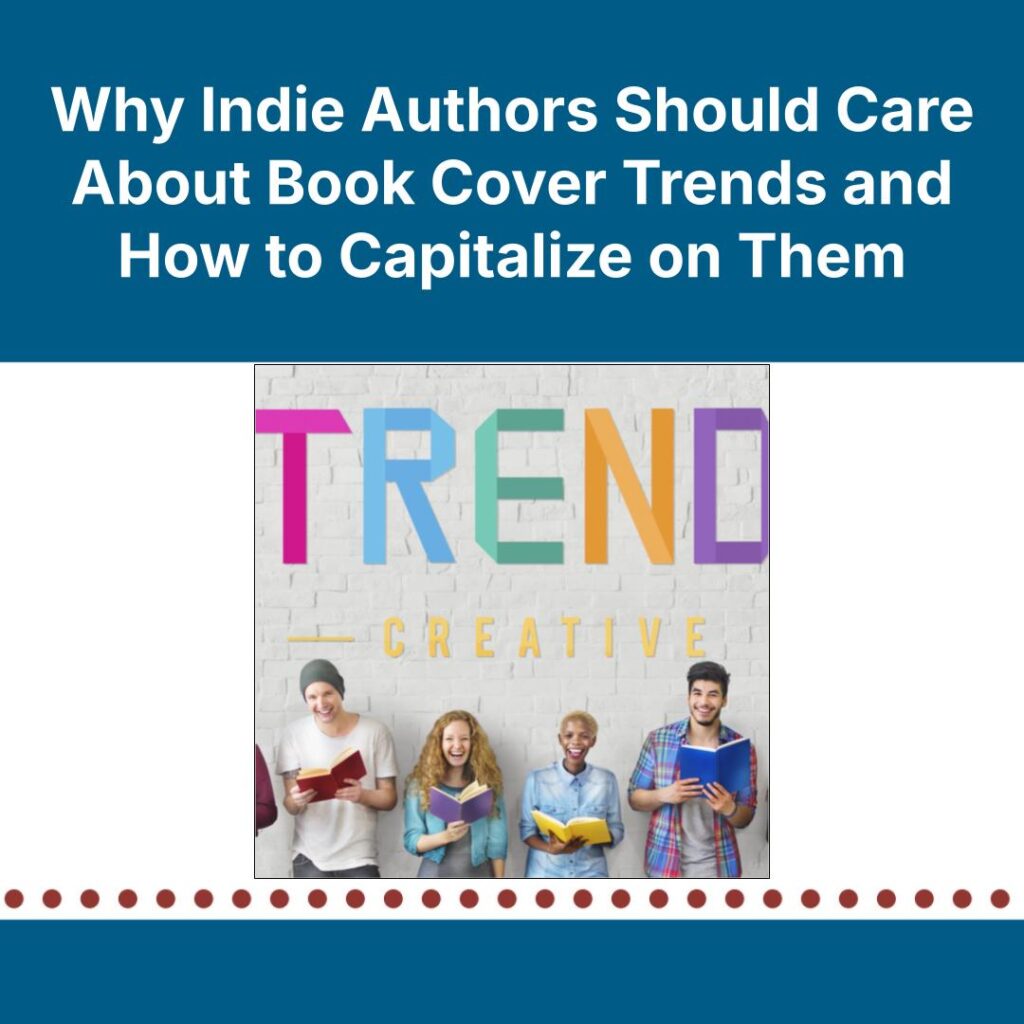Ah, editing. The stage of the publishing process every author always seems eager to reach … until they reach it.
Don’t feel bad. Editors get it. We know you’ve probably frowned at your screen in confusion at some of our questions (“How do you want me to style your ellipses?”), or you’ve grumbled not-so-nice words as you opened Microsoft Word’s Track Changes and discovered a new meaning for the phrase “seeing red.” I wouldn’t be surprised if some of you have therapeutically killed us off a time or two in your drafts.
We realize, even though it’s often lumped together under one umbrella, just how much goes into editing: structural edits, beta reads, line edits, copy edits, proofreading. Examination of your story’s pace in act 2. Decisions about style—should you use American spellings as a British author? Between each of those, rewrites, revisions, and probably plenty more of the grumbling I mentioned before.
We know editing takes time, money, and a commitment to seeing the story through to the finish line. That’s why we’re grateful too. As editors, we feel validated when you reach out to us about your work because, let’s be honest, we realize our jobs couldn’t exist without you. And as some of your earliest readers, we see your dedication to making the story better with each round of revisions.
Thank you for trusting us with your books and for taking our suggestions to heart; with every story, we hope they help make the difference between a “good” story and a “great” one.
And hey, even if your editing process involves writing an untimely demise for a grammarian in your books every once in a while, I won’t judge—just as long as you’re willing to consider a few revisions to the scene when your editor reads it.
Nicole Schroeder
Editor in Chief






